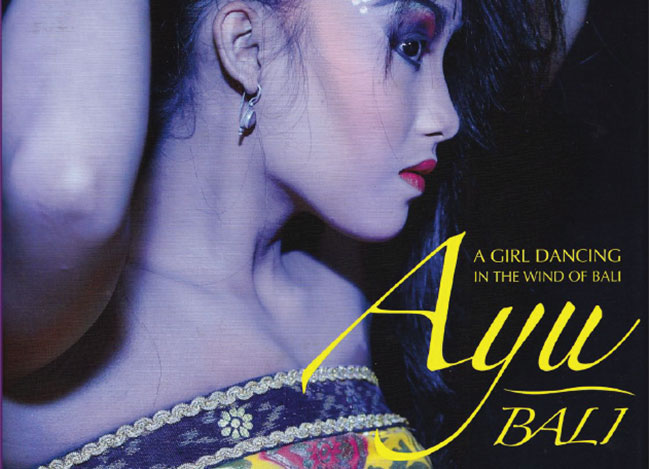Ayu Bali A Girl Dancing in The Wind of Bali
Every Balinese is also a dancer. Dancers are highly appreciated in Balinese social life. Almost all traditional activities in Bali provide a space for the community to express themselves through dance. For Balinese, dancer is a profession full of devotion, devotion to religion and society.
Devotion in Balinese language is known as Ngayah, offering capabilities sincerely. Basically the spirit of Ngayah keeps Balinese tradition alive. However, the dawn of tourism industry, gives Ngayah material reward. Dancing is no longer in the temple or in social activities in the community but also can be performed to entertain tourists thus getting material rewards.
Balinese dance is very popular with tourists visiting Bali. Dexterity, agility and elegance of Balinese dances have long been drawing their attention. Many foreigners are interested in learning. Notes and writing on Balinese dances are mostly can easily be found. Recording, in the form of films and photographs often show the beauty of Balinese dances. The photos of Balinese dances beauty also display profile of models that are well known in Bali.
A book entitled Ayu Bali A Girl Dancing in The Wind of Bali features photographs of female Balinese dancer. The photos are artwork of Japanese photographer, Kei Kajiwara. This book is very interesting, page by page showing pose of a Balinese dancer named Ayu. Ayu comes from the village of Ubud, a village well-known as a superior tourist village through its art activities. Every night, various dance performances can be enjoyed, bring festivity to the village night. These performances involve many local artists from the village of Ubud. Each performance involves no lesst han 20 artists, dancers and gambelan players.
From the photographs in this book we are invited to explore the life of a Balinese dancer who fall in love with her profession. Ayu met Kei when she was 13 years old. The first meeting led to series of meetings until Ayu was 17-year-old. For five years Kei successfully made continual record of changes in Ayu as a dancer. Most of the poses were taken by the close-up or medium close-up, displaying the careful details and giving a very intimate impression for the audience. The takings of the scenes were performed in an impressive way. The model did not seem to be bothered by the presence of a close camera. The photographer was able to eliminate the distance with the model, enabling him to record the moment and the scene in very natural way.
This book offers a different perspective of beauty, a different approach to appreciate the beauty of Balinese dance that has been widely displayed through previous photographic work. This book will be a very fascinating read to those who are interested in Balinese dance or want to learn about Bali.
This book could be found at Komaneka Fine Art Gallery.

